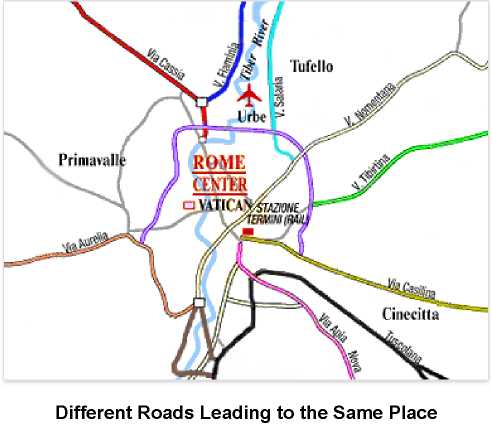Navigation matters
Every time my wife enters the basement, she feels a bit lost - car spare parts, old magazines and newspapers, instruments and many other useless things - all carefully “distributed” all over the place. If she needs to find anything, she’d better ask me, so she wouldn’t have to spend the rest of her life digging in this chaos! When a search engine bot feels the same when getting to your website, it’s not going to contact you for more information. It gives you a bad mark in its notebook and leaves. That’s why navigation is almost as important for your website as proper keyword research. Categorizing your websiteWhatever the content placed on your website, it can and must be grouped. Say, you have a resource for ski lovers, then your website can have the following categories:
These categories can have subcategories (Skiing resorts: Austria, Italy, Sweden, Germany, etc.), but please don’t get craze with sub-sub-categories. Unless you have a very information-rich resource, you won’t need anything more complex than a 2-3 level menu structure. With categories, it’s much easier for Search Engines to read and understand your content. And for the users it’s more pleasant as well. So think ahead not to face the issue in the future. Make different paths to reach a pageThink of our map and the Robot driver, again. If you can get to a city from two other places, chances are good that the Robot will get there. But if there are 6 roads from 6 different places, leading to one city, chances are much bigger.
So let’s make as many paths as possible. When you create a page, try to make links to other pages from it, where possible.
© SEO in Practice >>> Back to TABLE OF CONTENTS <<< | |
| Views: 470 | |
| Total comments: 0 | |
